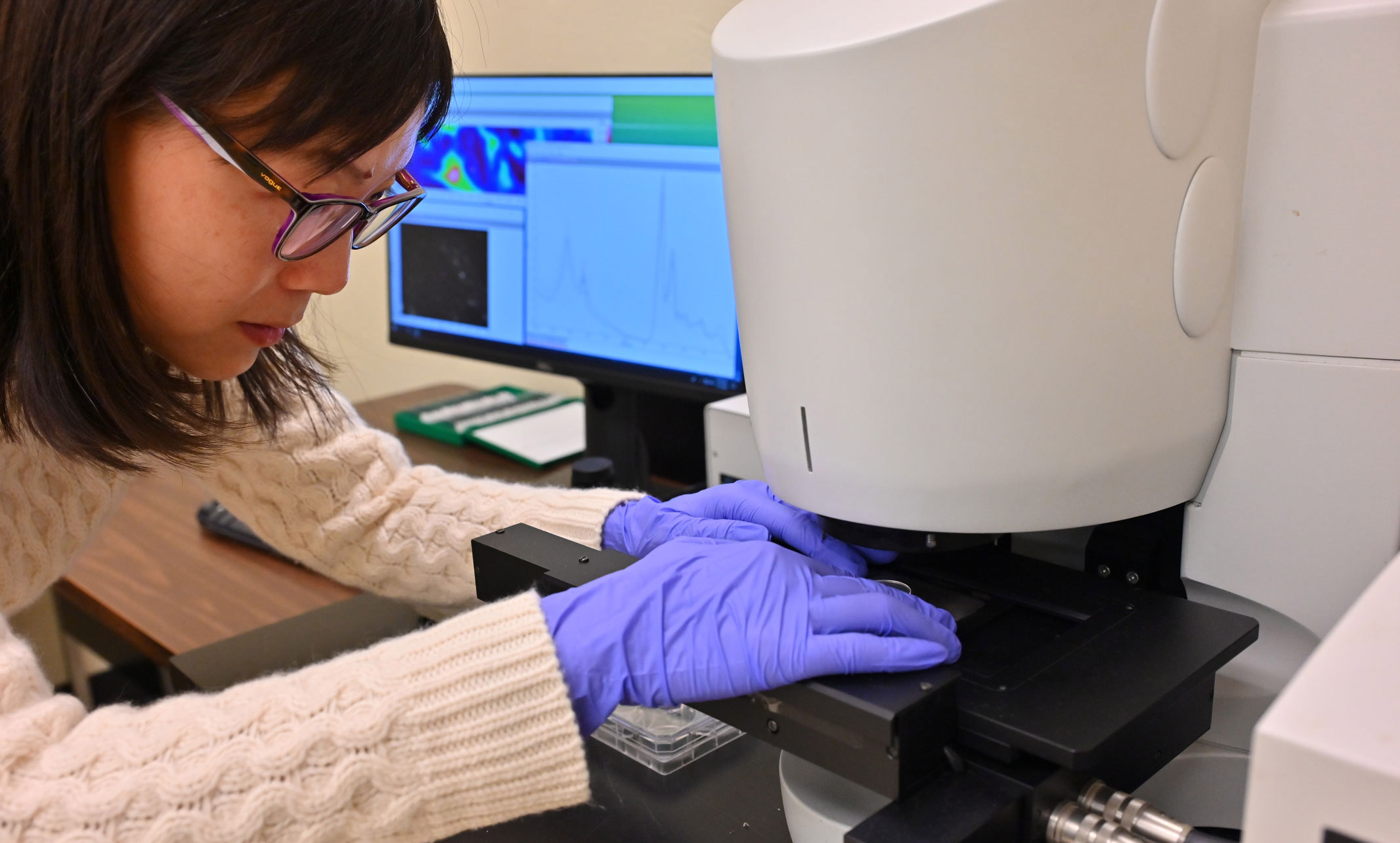传统的肿瘤组织活检诊断方法已经有50多年的历史了。 这种方法发现了癌症的存在,但往往为时已晚,无法成功治疗。
作为密苏里大学堪萨斯城牙科学院的一名研究员,Rose Wang博士专注于建立一个通过人工智能和红外技术识别癌症风险的系统。 她相信,这种旨在在癌前病变变成致命疾病之前拦截它们的方法,也可以适用于其他形式的癌症。
The scientific community has taken note of the promise behind Wang’s research. 今年1月,她从美国国立卫生研究院(NIH)获得了43万美元的发展研究资助,以表彰她的创新研究。
“We’re not trying to diagnose cancer itself,” Wang said “We are creating a system to detect high-risk precancers and to prevent them from becoming cancer. If we’re able to detect it early on, there’s more we can do about it, and the treatment is more effective. I’m very excited about that.”
Wang正在研究人工智能的应用,比如机器学习,利用红外光谱成像来分析组织样本的生化数据,这种设备可以提供比传统成像方法(如显微镜)更高的维度数据。 她使用专业软件和开源计算机程序来训练机器学习模型,以便从光谱显示的信息中提取最重要的信息。 细节水平是巨大的,每个像素提供数千个不同波长的变量。
“Manually reviewing the data is almost impossible,” 王说。 “that’s why we need to use machine learning to extract the important information and to train models for automatic risk stratification.”
Wang召集了一支令人印象深刻的研究团队,他们不仅来自威尼斯人娱乐城牙科学院,还来自威尼斯人娱乐城科学与工程学院以及堪萨斯大学医学中心。 她的多学科团队涵盖了广泛的专业知识:红外光谱和成像、临床病理学、人工智能、口腔生物学和癌症生物物理学。
目前癌症检测的金标准是组织病理学诊断方法,即切除组织样本进行活检。 然后将样本送到病理学家那里进行视觉评估,以确定是否存在癌症。 "Pathologists spend years to train their eyes to see those morphological anomalies and say cancer or no cancer,” 王说。
病理学家寻找所谓的细胞和组织的形态变化。 Unfortunately, these changes don’t show up until the cancer is already progressing. 王说,问题在于70%的口腔癌是在晚期被诊断出来的,这导致五年生存率只有50%。
癌前病变不是癌症,但会增加成为癌症的风险。 Wang说,病理学家还不知道如何区分哪些癌前病变,即发育不良,会转化为癌症。 有时这些细胞只是停留在癌前状态,而不会变成癌症。 如果病理学家发现轻度或中度异常,临床医生通常会选择随时间观察问题区域。
“但如果病人在一年后回来,突然发现他们因为轻微的发育不良而患上了癌症,那该怎么办?” 王说。 “目前,还没有可靠的方法来确定哪些癌前病变会变成癌症。”
另一个问题是传统过程的主观性。 王说,两个训练有素的病理学家可以对同一组织活检提供不同的诊断。
“The system we are developing will provide objective and quantitative diagnostic information and facilitate clinicians to make better management plans for their patients,” 王说。 “Oral cancer survival is highly stage-dependent, and early detection can significantly improve patient survival rate. If we can catch them early, we can save lives.”

